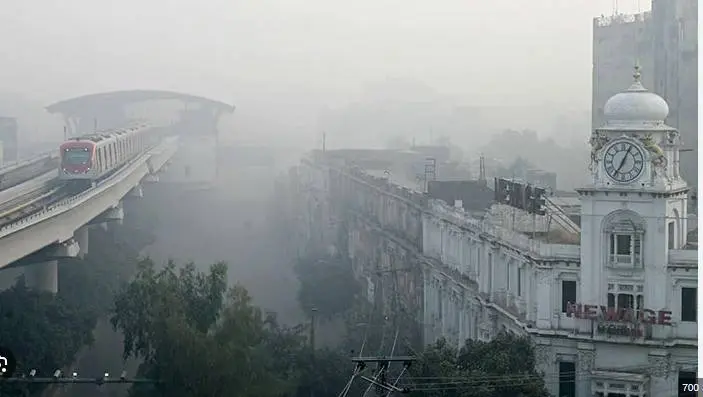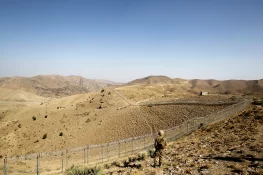Lahore Records Hazardous Air Quality
Lahore, the capital of Pakistan’s Punjab province, has once again emerged as the world’s most polluted city, according to this recent report. Residents across the province are facing alarming levels of air pollution, raising health concerns.
According to recent measurements, Lahore’s Air Quality Index (AQI) reached 307 in the morning, placing it firmly in the hazardous category. The global air monitoring platform IQAir reported that nearby cities also faced dangerous pollution levels. Kasur recorded an AQI of 676, the highest in the region, while Faisalabad registered 558, Sheikhupura 449, Gujranwala 365, and Multan 358. These figures indicate severe air contamination that poses serious health risks.
Causes of Severe Pollution
Environmental experts attribute the worsening air quality in eastern Punjab to slow-moving winds carrying pollutants from the agricultural regions of Punjab and India’s Haryana state. Seasonal crop residue burning, also known as stubble burning, significantly contributes to the particulate matter in the air.
Health authorities have urged citizens to wear masks outdoors, limit unnecessary travel, and reduce exposure, particularly during morning and evening hours when pollution peaks. Vulnerable groups, including children, the elderly, and people with respiratory conditions, are especially at risk.
Government Response and Anti-Smog Measures
The Punjab government, under the direction of Chief Minister Maryam Nawaz Sharif, has intensified anti-smog operations across the province. Anti-smog squads have been deployed in Lahore, Kasur, Sheikhupura, and Gujranwala to monitor pollution hotspots and mitigate risks.
The Agriculture Department has been instructed to implement alternatives to crop residue burning, following models used in India, to prevent seasonal spikes in pollution. Authorities are promoting the use of super seeders and other environmentally friendly machinery to manage crop waste without harming air quality.
Officials emphasize that these measures aim to achieve long-term improvement in air quality and provide citizens with a healthier environment. However, experts warn that immediate relief may be limited, and coordinated regional efforts are necessary to tackle cross-border pollution effectively.
Public Health Concerns
High AQI levels have serious implications for public health. Prolonged exposure to fine particulate matter can trigger respiratory problems, cardiovascular diseases, and eye irritation. Hospitals in the affected cities have reported a rise in patients seeking treatment for asthma and other pollution-related illnesses.
As Lahore continues to top the global pollution charts, authorities and citizens alike face a challenging task: balancing agricultural practices, urban development, and public health to combat a growing environmental crisis.















